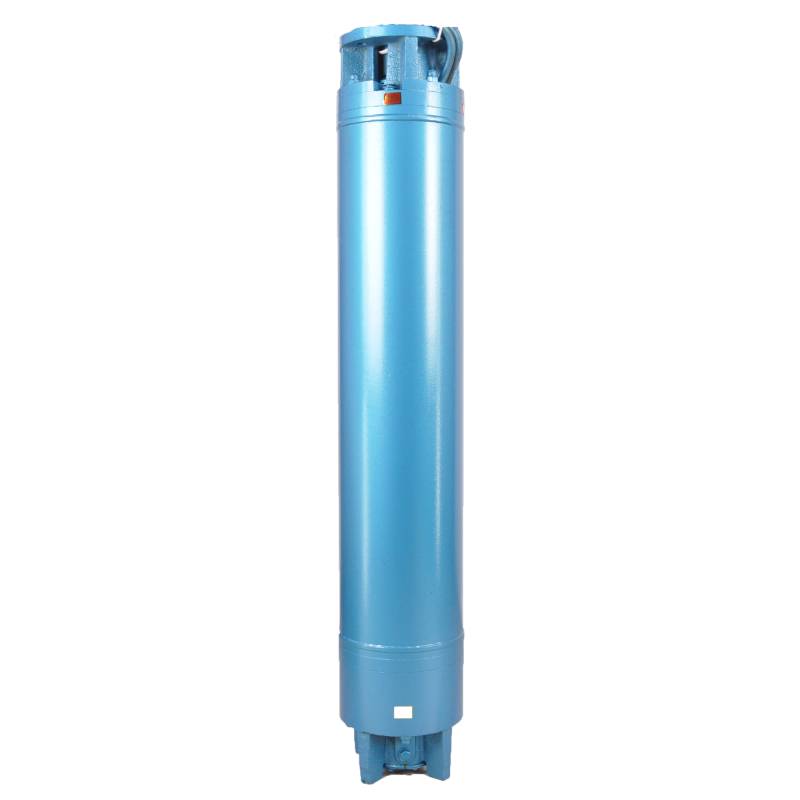Dec . 11, 2024 10:28 Back to list
Optimizing Submersible Fuel Pump Performance for Enhanced Efficiency and Reliability
The Essential Role of Submersible Fuel Pumps in Modern Fuel Systems
In the realm of fluid transfer technology, submersible fuel pumps play a vital role in ensuring efficient and safe movement of fuels within various applications. These devices, designed to operate underwater, are particularly popular in fuel storage tanks, municipal water supply systems, and industrial processes. Understanding their construction, functionality, and significance can provide valuable insights into the modern fuel management landscape.
What is a Submersible Fuel Pump?
A submersible fuel pump is a type of pump that is submerged in the fluid it is intended to pump. Unlike traditional pumps that draw fluid from above, submersible pumps operate from within the fluid, which enhances their efficiency and reduces the risk of air entering the pump system. These pumps are typically equipped with an electric motor that drives an impeller, allowing for effective fluid circulation.
Key Features and Construction
Submersible fuel pumps are generally constructed from durable materials such as stainless steel, bronze, or reinforced plastic to withstand corrosive environments. One of the defining features of these pumps is their hermetic sealing, which prevents leakage and protects the motor from contact with the pumped fluid. The pump assembly is often compact, allowing for installation in tight and constrained spaces, such as underground fuel tanks.
The design also includes a check valve system that prevents backflow once the fluid is pumped out, ensuring a consistent flow rate and pressure. Additional components like filter screens may be installed to prevent debris from entering the pump, thereby extending its operational lifespan.
Applications of Submersible Fuel Pumps
Submersible fuel pumps find applications across various sectors. They are prominently featured in the petroleum industry for transferring gasoline, diesel, and biofuels at service stations and storage facilities. Their ability to operate effectively at depths makes them ideal for underground fuel tanks, significantly enhancing fuel retrieval efficiency.
In addition to commercial fuel systems, submersible pumps are used in agricultural applications for irrigation and drainage. They are instrumental in managing water levels in agricultural fields, ensuring optimal crop growth while preventing waterlogging.
submersible fuel pump

Furthermore, submersible pumps are employed in municipal settings, where they help pump wastewater to treatment facilities. They manage stormwater systems, moving excess water to reduce flood risks effectively.
Advantages of Submersible Fuel Pumps
The benefits of using submersible fuel pumps are manifold. Firstly, they are energy efficient, as they do not require additional components such as suction lines, which can result in energy loss. This efficiency translates into reduced operational costs, making them a popular choice for industries looking to minimize expenses.
Secondly, submersible pumps are inherently safer, particularly in hazardous environments. Their submerged nature means that they are less exposed to atmospheric conditions that can cause rust or corrosion, which is particularly significant in handling flammable liquids like fuels.
Moreover, submersible pumps are quieter during operation compared to above-ground pumps. This reduction in noise pollution contributes positively to the working environment and can be more acceptable in residential areas.
Maintenance and Considerations
Like all mechanical devices, submersible fuel pumps require regular maintenance to ensure longevity and performance. Routine checks for wear and tear, along with monitoring electrical components, are essential. Users should also ensure that there are no blockages in the intake screen, as this can adversely affect the pump’s efficiency.
When selecting a submersible fuel pump, factors such as flow rate, head pressure, and compatibility with the specific type of fuel should be considered. Ensuring that the pump is appropriately rated for the intended application will lead to better performance and a longer operational life.
Conclusion
Submersible fuel pumps are indispensable components in modern fluid management systems. Their ability to work efficiently underwater, along with their safety features and energy efficiency, makes them the preferred choice for many industries. As technological advancements continue to enhance their capabilities, submersible fuel pumps will undoubtedly remain at the forefront of fluid transfer solutions, playing an essential role in fueling the future of energy systems worldwide.
-
Submersible Water Pump: The Efficient 'Power Pioneer' of the Underwater World
NewsJul.01,2025
-
Submersible Pond Pump: The Hidden Guardian of Water Landscape Ecology
NewsJul.01,2025
-
Stainless Well Pump: A Reliable and Durable Pumping Main Force
NewsJul.01,2025
-
Stainless Steel Submersible Pump: An Efficient and Versatile Tool for Underwater Operations
NewsJul.01,2025
-
Deep Well Submersible Pump: An Efficient 'Sucker' of Groundwater Sources
NewsJul.01,2025
-
Deep Water Well Pump: An Efficient 'Sucker' of Groundwater Sources
NewsJul.01,2025
-
 Submersible Water Pump: The Efficient 'Power Pioneer' of the Underwater WorldIn the field of hydraulic equipment, the Submersible Water Pump has become the core equipment for underwater operations and water resource transportation due to its unique design and excellent performance.Detail
Submersible Water Pump: The Efficient 'Power Pioneer' of the Underwater WorldIn the field of hydraulic equipment, the Submersible Water Pump has become the core equipment for underwater operations and water resource transportation due to its unique design and excellent performance.Detail -
 Submersible Pond Pump: The Hidden Guardian of Water Landscape EcologyIn courtyard landscapes, ecological ponds, and even small-scale water conservancy projects, there is a silent yet indispensable equipment - the Submersible Pond Pump.Detail
Submersible Pond Pump: The Hidden Guardian of Water Landscape EcologyIn courtyard landscapes, ecological ponds, and even small-scale water conservancy projects, there is a silent yet indispensable equipment - the Submersible Pond Pump.Detail -
 Stainless Well Pump: A Reliable and Durable Pumping Main ForceIn the field of water resource transportation, Stainless Well Pump has become the core equipment for various pumping scenarios with its excellent performance and reliable quality.Detail
Stainless Well Pump: A Reliable and Durable Pumping Main ForceIn the field of water resource transportation, Stainless Well Pump has become the core equipment for various pumping scenarios with its excellent performance and reliable quality.Detail
